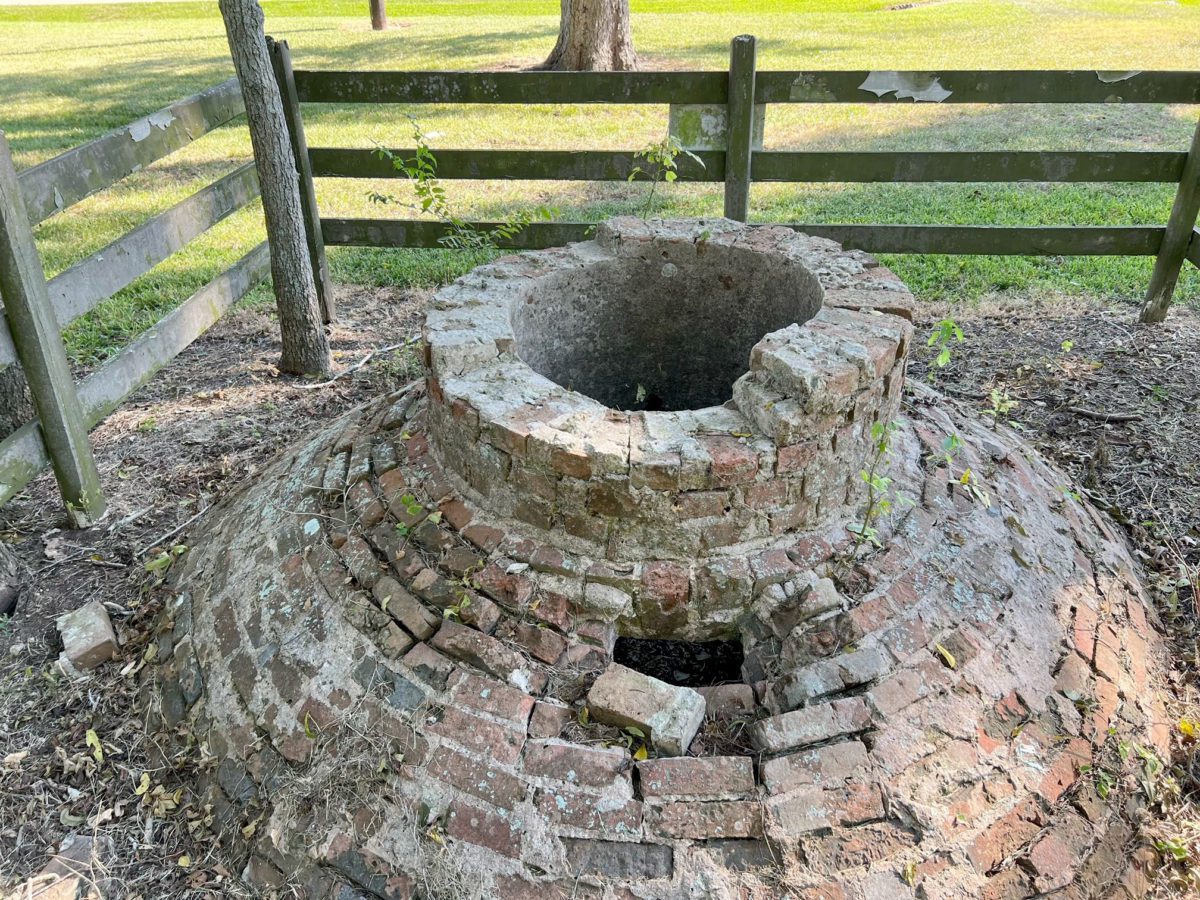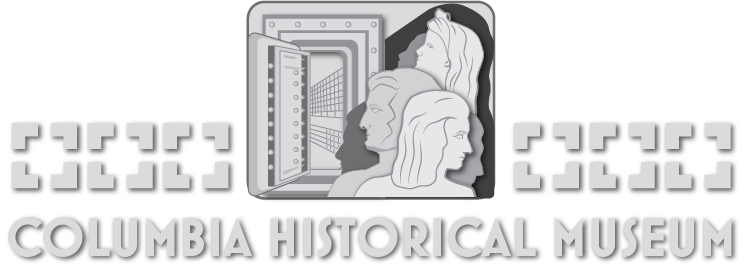![]()
By Benjamin Tumlinson
Columbia Historical Museum Board Member
As you come into West Columbia from the east, you’ll pass the Brazos River Brisket House and travel over the bridge spanning the Brazos River. I often glance down as I pass over to check the river levels, and I am always amazed at the chocolatey color of the waters that flow down to the Gulf of Mexico. I was surprised to learn the original name of the river and was kind of embarrassed that I hadn’t known it before now.
The rightful name of the river is “Río de los Brazos de Dios”, translated as “River of the Arms of God” or Los Brazos de Dios, “the “Arms of God”. There are several legends about how the Brazos got its name. However, the common denominator among these stories is that thirsty explorers happened upon the river in the nick of time and were refreshed by its waters. These intrepid souls felt as though they had stumbled into the arms of God and were saved! (Garcia, Omar; The Brazos River 2015) According to the Brazos River Authority, the Brazos River is the longest river flowing entirely in Texas, with its watershed stretching from New Mexico to the Gulf of Mexico. The Brazos was the lifeblood of Columbia. As the colony began to flourish, the river became more important. The Brazos flowed through the most productive cotton and sugar region in Texas; steamers greatly aided shipment of these items to markets in New Orleans. (Texas Historical Commission).
Several brothers from Todd County, Kentucky, took full advantage of the fertile grounds and access to the Brazos’ watery highway. The brothers trickled into Texas. Andrew G. Mills was the first to land in Brazoria. Shortly after arriving in 1827, he established a mercantile, trading supplies for cotton and pelts. In 1830, his brother Robert joined him after a failed attempt to establish a plantation in Madison Parish, Louisiana, because of a devastating flood. Together the brothers grew the mercantile and soon found themselves trading with Mexico via mule trains and shipping. They were so successful that Robert was dubbed the “Duke of Brazoria”. It is said that in their storerooms, Mexican silver was stacked like cordwood. (Texas State Historical Association)
In 1832, the last of the brothers, David G. Mills, made his way to Texas. In June of that same year, the trio found themselves side by side in the first skirmish with the Mexican government at the Battle of Velasco. Robert also participated in the Brazoria County Delegation to the Convention of 1833, where the colonists levied a formal complaint against and repeal of the anti-immigration portions of the law of April 6, 1833. The following year the brothers dissolved their partnership and Andrew pursued other adventures. Robert and David continued their empire. Their wealth assisted the budding republic in the war for independence from Mexico. Robert’s obituary pays tribute to his efforts in that respect – “During the war for Texan independence he bought and equipped the Texas navy and furnished the means to carry on the war.”
Wade H. Bynum sold a 1,000-acre cotton plantation, out of the Samuel Carter League east of the Brazos River in the Bailey’s Prairie area, to Robert and David in October 1837. This would become the nucleus for what would become a 3,280-acre sugar plantation. (Bynum Plantation, Brazosport Archaeology Society) The duo decided to divide and conquer, Robert moved to Galveston to expand the business, while David remained in Brazoria to manage the plantations. The Mills brothers are credited with establishing the first insurance company in Texas in 1837. In 1839, Robert acquired property and built the first cotton compress in Texas at San Luis, west of Galveston Island. (Texas State Historical Association) At the height of their success, the Mills brothers were able to prop up the state by endorsing and reissuing banknotes that were called “Mills’ Money”.
In 1852, two of the Mills’ plantations produced more sugar than any other in Texas. By 1860, the brothers cultivated approximately 3,300 acres on their four Brazoria County sugar and cotton plantations (Lowwood, Bynum, Palo Alto, and Warren), which also included 100,000 acres of unimproved land. They owned another 100,000 acres scattered over Texas. (Texas State Historical Association) After the Civil War, the enterprise began its decline. Slave labor, which much of the empire was built on, was no longer available. In 1865, about 800 slaves were freed. This coupled with the inability of their customers to repay debts because of the cotton market collapse, led to their bankruptcy.
The brothers liquidated properties to pay debts. They sold the Bynum Plantation to a nephew in 1872. The property changed hands several times and, finally in 1978, was subdivided into the Bar X Ranch Subdivision. If you visit Bar X, you can still see ruins of the Bynum Sugar Mill complex west of the intersection of Mill Road and Quarter Horse Trail.


Cistern at the Bynum Plantation sugar mill ruins in Bar X Ranch. Photo By Ben Tumlinson

The Mills Brothers (David and Robert) are buried in the Old City Cemetery in Galveston. Photo courtesy of Texas State Historical Association
